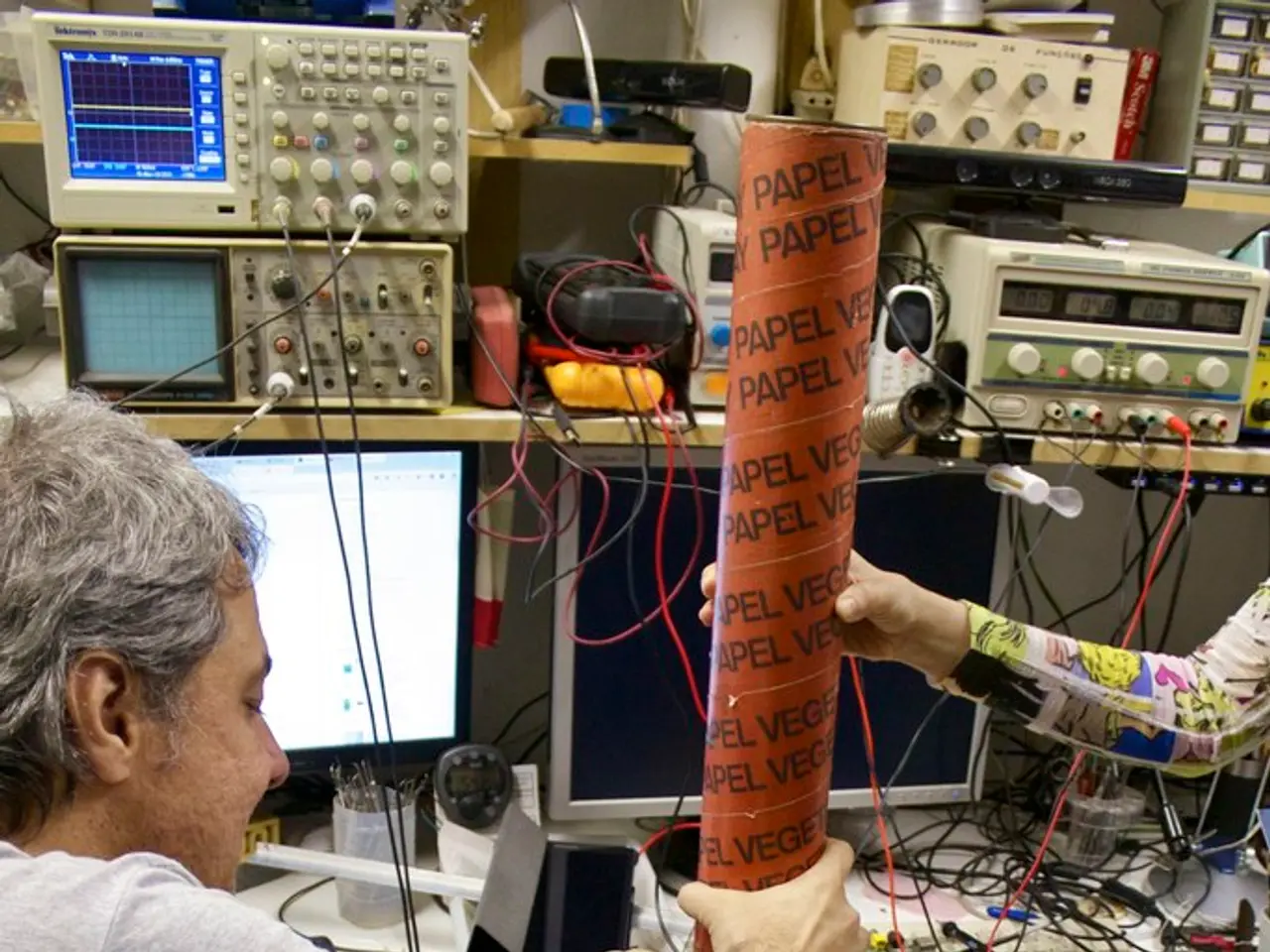Offline Image Creation Tool Using SCCM Jumpdrive
In today's digital world, offline imaging is a crucial aspect of system management, especially in scenarios where network access is limited. One such tool that simplifies this process is the Magic Offline Imaging Jumpdrive. This article provides a step-by-step guide on creating and using a Magic Offline Imaging Jumpdrive in a System Center Configuration Manager (SCCM) environment.
1. Create the Package and Task Sequence in SCCM
Create the OS Deployment Task Sequence
- In the Configuration Manager console, navigate to Software Library > Operating Systems > Task Sequences and create a new task sequence for OS deployment. This sequence will contain all steps necessary for imaging, such as applying the OS image, configuring drivers, and installing applications.
Create Bootable Media for Offline Imaging
- Use the Create Task Sequence Media Wizard in SCCM to create bootable media (USB jumpdrive) that contains the boot image and your task sequence.
- Select Bootable media as the media type.
- Check Allow unattended operating system deployment for zero-touch imaging during the offline process.
- Specify whether the media is Dynamic or Site-based (Site-based points directly to one management point, while dynamic may redirect based on location).
- The wizard creates an ISO file which you then transfer to a USB drive prepared as bootable (format it, copy files from the ISO onto it).
This USB is your Magic Offline Imaging Jumpdrive.
2. Offline Computer Provisioning Files
- Create Offline Computer Provisioning Files to pre-stage computer information and associate it with the SCCM task sequence deployment, allowing imaging without network interaction.
- Exporting or creating a provisioning file (usually a .zip package) that includes the computer’s hardware information and GUID.
- Importing these files into SCCM to pre-stage the device in your site database.
Although specific commands/tools for this packaging are not detailed in this article, offline provisioning typically involves SCCM's Import Computer Information Wizard or PowerShell scripts to generate necessary provisioning files for offline use.
3. Setting Up the OS Task Sequence for Offline Deployment
- In the task sequence, make sure steps are properly sequenced for offline imaging:
- Apply the OS image.
- Set up disk configuration and partitioning.
- Install any necessary drivers specific to the hardware.
- Apply packages and software as needed.
- Configure settings such as time zone, computer name (usually from provisioning file), and domain join if possible.
- Configure the task sequence to run completely without network connectivity when booted from the jumpdrive—to leverage the offline package included.
4. Booting and Imaging the Offline Computer
- Boot the Offline Computer:
- Insert the Magic Offline Imaging Jumpdrive and boot the offline computer from USB. The boot environment loads the SCCM WinPE image, which includes your task sequence and offline provisioning.
- Automatic Imaging:
- Since the media was created with unattended deployment enabled, the imaging process should begin automatically without user intervention.
- The task sequence completes, deploying OS, apps, and configurations to the offline system.
Summary Table
| Step | Description | |-------------------------------|---------------------------------------------------------------| | Create OS Task Sequence | Make OS deployment workflow with all steps in SCCM | | Create Bootable Media | Use Create Task Sequence Media Wizard to create bootable USB with your task sequence, enabling unattended deployment[1] | | Prepare Offline Provisioning | Generate & import provisioning files for offline recognition | | Configure Task Sequence Steps | Ensure task sequence can run fully offline: OS, drivers, apps | | Boot from Jumpdrive | Boot PC from USB and auto-run task sequence for imaging |
This method leverages SCCM's built-in ability to create bootable media and package offline imaging content, enabling OEM or offline imaging scenarios without requiring the target machine to be online during deployment[1].
For detailed scripts or guidance to generate provisioning files for offline computers in SCCM specifically, that is typically done via SCCM Import Computer Information Wizard or with PowerShell automation, not covered in this article but documented in Microsoft's SCCM offline servicing best practices.
References:
- Creating bootable media and task sequence media for offline imaging in SCCM[1].
- To setup the "Magic Offline Imaging Jumpdrive" OS Task Sequence, choose an existing task sequence, copy it as a new Task sequence with "(OFFLINE)" in the name appended, and add two steps after the image has been applied, yet before anything you want installed on a "Domain Joined" machine, pointing each step to the package created earlier.
- Once a file is selected, the computer will join the domain as that name, even when there is no network access.
- In the SCCM Package, add two programs for each of the CMD files, with the command line for each program pointing to the name of the file.
Technology plays a significant role in data-and-cloud-computing scenarios, especially when it comes to offline imaging in system management. The Magic Offline Imaging Jumpdrive technology, for instance, simplifies offline imaging processes by creating bootable media that contains the SCCM task sequence for imaging, eliminating the need for network access during deployment. Furthermore, the usage of tools like SCCM's Import Computer Information Wizard or PowerShell scripts, which are part of technology solutions, can help generate necessary provisioning files for offline use in SCCM environments.




